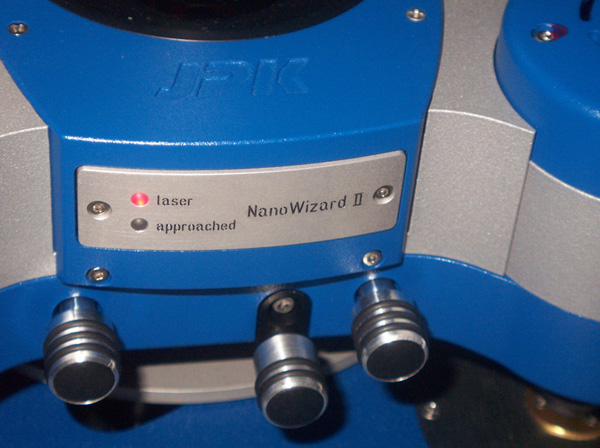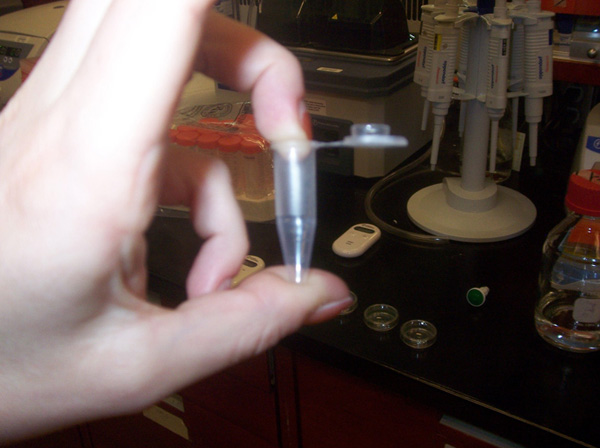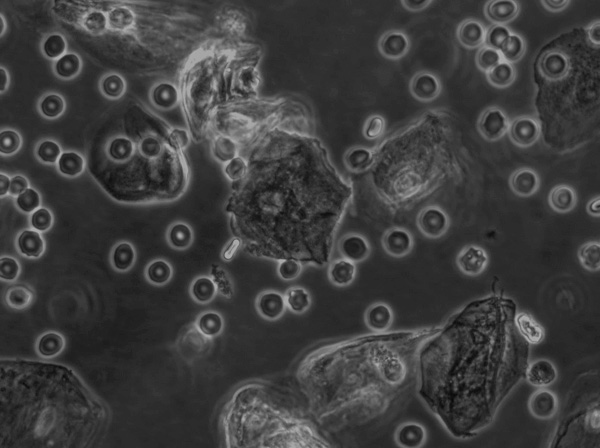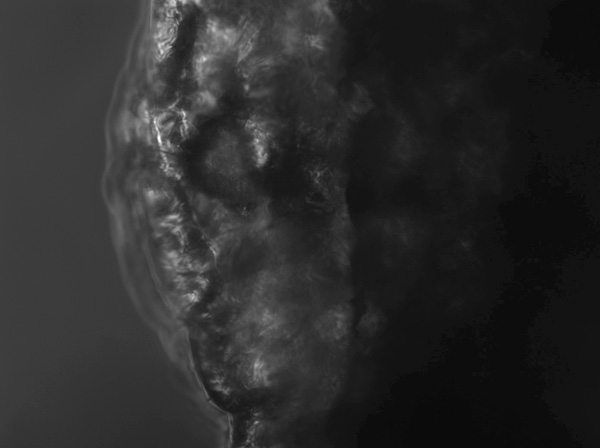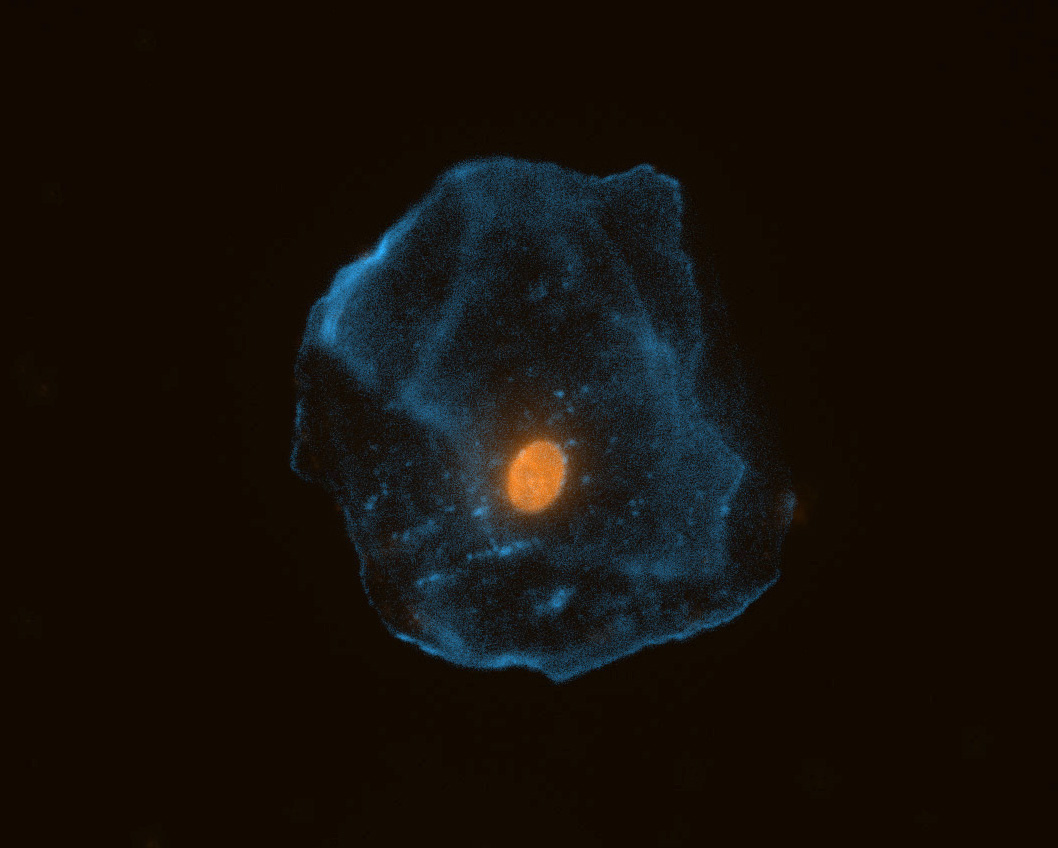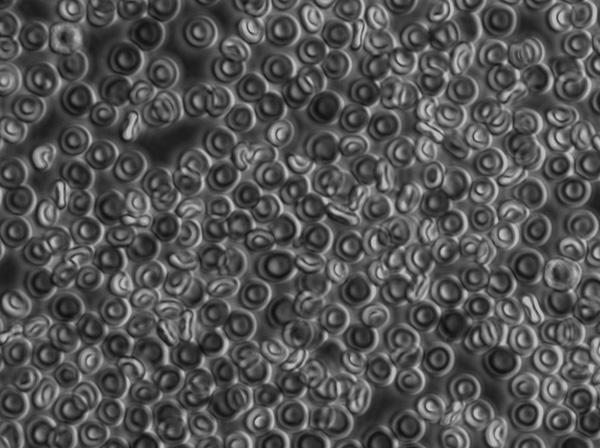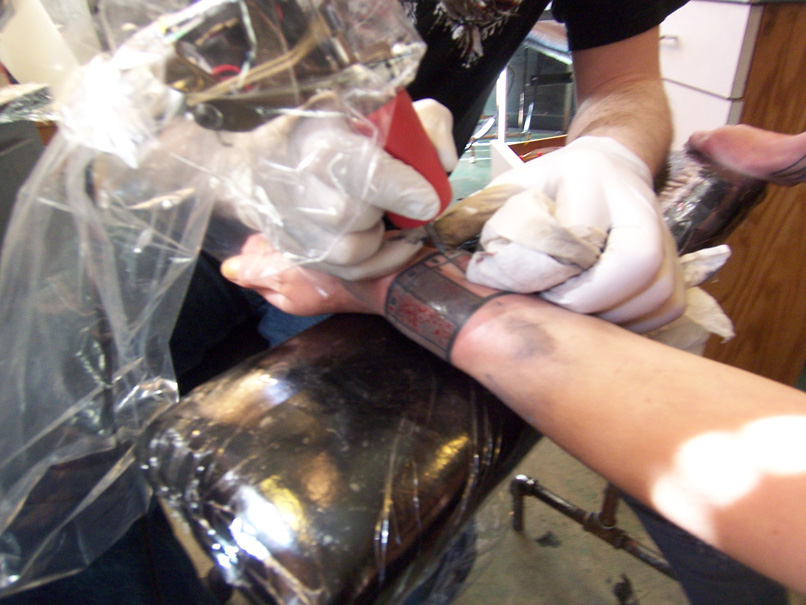Self-Representation, Clichés, Serendipitous Discoveries This work stems from our interest in observing and questioning the image of The Artist and The Scientist, and subsequently, the relationship of artist and scientist. How do we feel and think about ourselves as members of a particular discipline, and what are the expectations that we are confronted with when we act out our roles? From 2009 to 2012 we conducted a series of playful experiments exploring the topic of identity, self-understanding and self-representation. CELL SELF is the story of this process.
|
|
|
The self-portrait is an essential platform for self-exploration, and over centuries of artistic practice has long ago evolved into a genre in its own right. The format of the self-portrait has often been utilized as a means for self-study, self-staging and narcissism, self-criticism and caricature, and for revealing secrets and truths. Self-portraiture is closely linked to the mirror, and only became a widespread practice after the perfection of this technology during the early Renaissance. One of the most prominent examples from this time is Jan Van Eyck's “Wedding Portrait” (1434), in which his own reflection is displayed in a mirror within the painting. While the image in the mirror is a result of light refracting according to the firm laws of physics, the self-portrait includes the act of interpretation: it can, by definition, never be free of the subjective perspective. It is a grasp for identity - a means towards understanding of oneself. Today, advanced scientific methods and technological tools for determining identity allow for new approaches towards self-exploration. Robert Rauschenberg may have been one of the first artists to fully explore this with his self-portrait titled “Booster” (1967), which included an assembly of X-Ray images of his body. In CELL SELF, scientific and artistic tools and methods are combined, resulting in a collection of images that stand in relation to each other, creating a net of a story more than a single linear thread. During our first meeting in 2009 at the Pelling Lab, University of Ottawa, we investigated biological matter by isolating and imaging our own blood and cheek cells utilizing a Simultaneous Inverted Phase Contrast Microscope and an Atomic Force Microscope.
|
Experiments June 2009 |
|
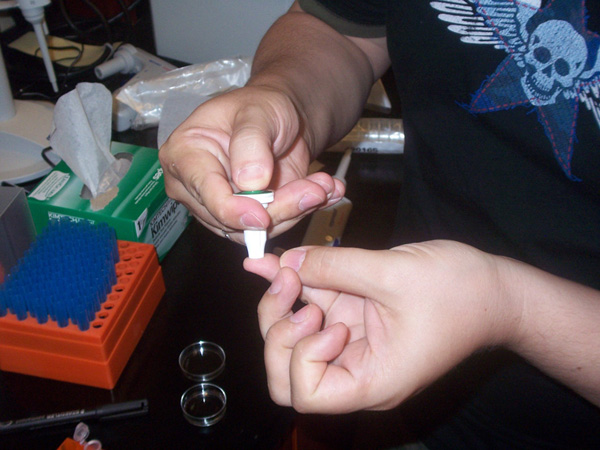 Andrew |
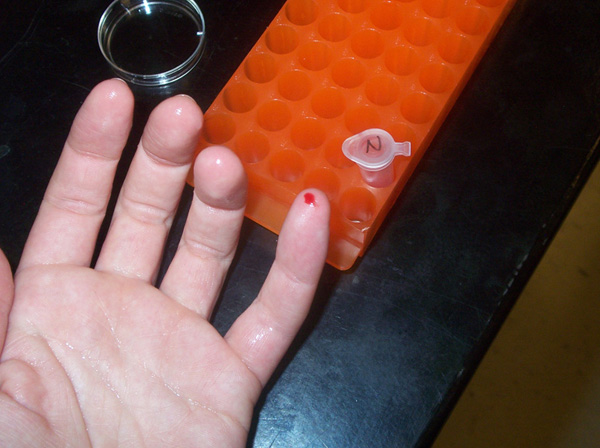 Anne |
|
|
|
|
|
|
|
|
|
|
|
|
|
|
After imaging various surface textures from plastic foil to tobacco strands, we placed our pocket cameras and cell phone displays underneath the microscope, revealing the sub-pixel architectures that compose the structure of an LCD screen. During these experiments we found two types of images we felt immediately drawn to. In a way both depict cells, but of rather different type: one being the organically round blood cells and the other being the rectangular, electronic cells of an LCD display. Together the rectangular modules make up the RGB pixels of the display. While a digital pixel is a basic unit of a larger screen, a biological cell is a structural and functional unit of a larger organism. It struck us how these two simple depictions are so characteristic of the subject matter we deal with in cell biophysics and digital media art, and how their juxtaposition creates an aesthetic tension that is not only indicative of the relationship between the disciplines, but also metaphorical for the contemporary human condition of living in physical space and virtual worlds simultaneously.
|
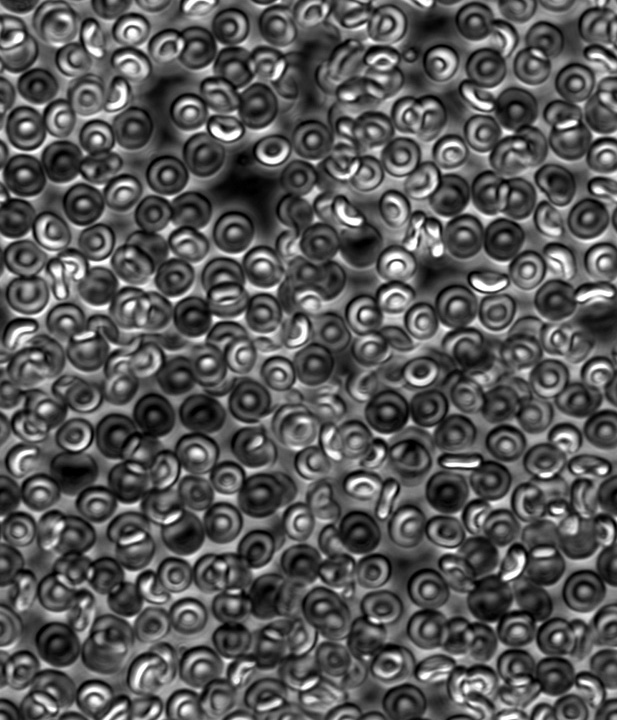 cell pattern
|
 pixel pattern
|
|
|
We feel intimately connected to the images of the blood cells and LCD display, so we set out to adorn ourselves with them for an experiment in self-portraiture. We designed and fabricated two garments – a coat and a dress - printed with the microscopic imagery of blood cells and pixels. Andrew chose a design that combines a lab coat with a straight jacket, while Anne designed a dress that is in cut as geometric as possible, allowing the rectangular pattern of the print to stand out as the strongest aspect. Anne went as far as having a band of pixels tattooed on her wrist, a digital image now permanently adorning her physical body. While the restraining coat can be interpreted as a comment on being misunderstood as a scientist due to cliché representations of scientists, Andrew also reasons that using his own cells in the laboratory enables him to examine and understand his own self by removing the anonymity associated with standard cell lines, even if it is the ultimate form of narcissism.
|
|
We then set off to create photographs of ourselves in our custom made garments. The results show us in the laboratory as a strange couple. What are the artist and scientist up to? Is she releasing him from the straight jacket? Why are they in the lab at all? And who is the person viewing these odd activities from the outside?
| ||
|
|
||
The story is unclear. The photographs stand more as a question than a statement. Most of all, these self-portraits reveal the perplexity that we experience when trying to define our multifaceted selves and our relationship to each other in a still photo. Anne Niemetz and Andrew Pelling
Thank you for your support:
Contact information: Anne Niemetz Andrew Pelling
updated 11.3.2012 |

